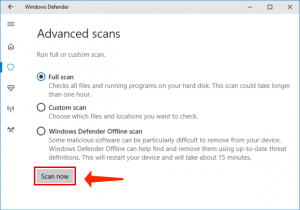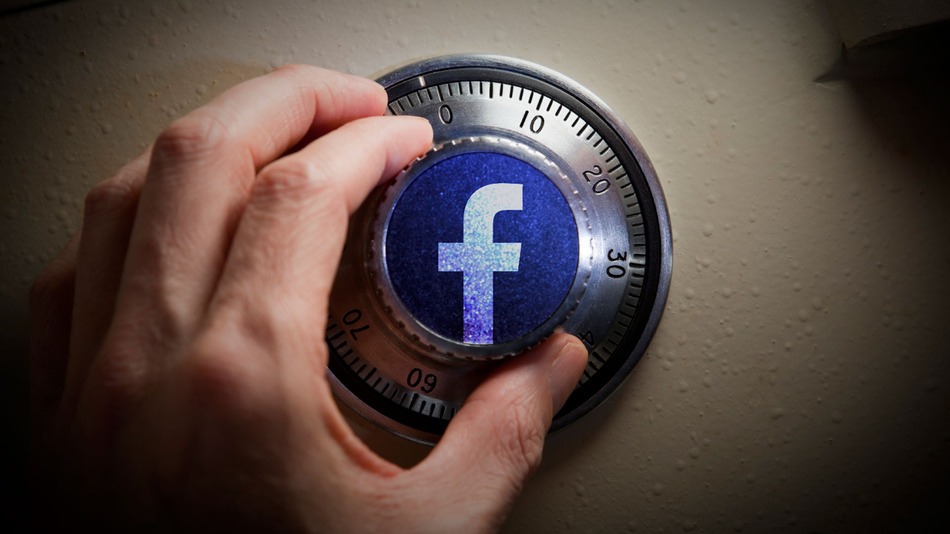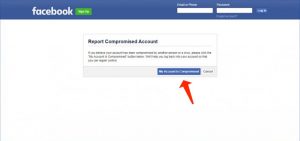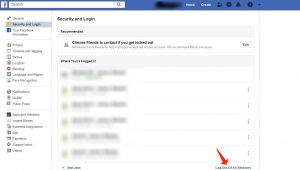Starting from its official launch in February 2004, Facebook is truly the most well-known social media resource today, with 2.7 billion active customers globally. The program can be obtained through a desktop device, iPhone/Android phone, or tablet. The Internet connection, however, is required and many users have their Facebook account hacked.
Obviously, there is nothing surprising in the fact that Facebook may be the target for online criminals, and there are various channels through which the resource can be attacked to implement their covetous plans. For instance, hacked Facebook accounts are among the main channels for online frauds to generate revenue by sending massive spam in the form of dangerous URLs to the friends of a potential victim. Of course, the most tragic issue is when customers are bombarded by links pointing to malware, since they then get contaminated with a sort of Facebook virus1.
“@Facebook hello my sister fb account got hacked. Password and email was changed. How to recover it”, — notifies Twitter follower @Bilalcomputer0.
The Facebook account contains a lot of data about you, such as your email, telephone number, jobs you have been involved in the past, your date of birth, relationship status, friend list, and a lot of other details. Such sensitive data is normally concealed from people who are not Facebook friends. Surely, there are many hazardous persons that consider this private data as essentially important.
There are certain methods of how your Facebook account could be compromised. One of the most widely spread reasons is the phishing links that customers get by means of the Messenger. Millions of customers made a great mistake when they opened the video with their name and profile picture displayed – a phishing campaign is more often known as the “Is that you” malware, and remains most the most common trick of getting contaminated with the virus.
Customers could install add-ons on their Facebook accounts. Such dangerous programs are generated in large amounts, so it does not help that Facebook deletes such programs from the application as soon as they are reported the appropriate number of times. This could be one of the factors why customers have to operate with a compromised Facebook account.
Furthermore, there is a standalone malware that can steal all kinds of data from your PC, such as your login credentials. Koobface, Dridex, AZORult, Vidar, and many others have got such features. Hence, as a first milestone to restore a compromised Facebook account, you need to perform a complete system scan by referring to security software2.
Therefore, we suggest to go ahead and repair and secure your compromised Facebook account.
Scanning your PC for viruses
Anti-malware program3 is essentially valuable for any PC. It is the only solution to defend yourself from the most horrible threats on the web. There are certain security programs available that you could download at no cost – even though experts suggest investing into an extended third-party software to render the best security. Nevertheless, if you are the customer Windows OS, you can easily refer to the help of Windows Defender:
- Indicate Security in Windows search and select Windows Security
- Choose Virus & Threat protection
- Select Scan options
- Chose Full scan and then select Scan now.

Modify your Facebook password to avoid hacked Facebook account.
Notwithstanding the fact that compromised Facebook accounts would transmit malicious links or friend requests, it does not imply that the frauds were successful in modifying your password. Hence, in case you are able to access your account after you have seen unusual activity on it, you ought to amend your password right away.
- On your Facebook profile page, use the arrow (Account) button at the top-right area
- Choose Facebook Settings & Privacy and then select Settings
- Proceed to Facebook Security and Login
- In the Login section, choose Change password
- Indicate the Current password and then a new one
- Choose to Save Changes.

Restoring compromised Facebook account via Facebook Help Center
In case it is impossible for you to access your hacked Facebook account, you have to depend on Facebook Help Center.
- Proceed to Facebook’s Compromised Account page
- Choose the option Your account has been compromised and provide the requested data
- You could encounter several proposed accounts. Choose the correct one
- Specify the old password and perform the “Reset Password” guidelines
- The email address can be totally unfamiliar to you, so choose No longer have access to these? button
- Provide your email address and the account recovery process will begin. You need to be able to get control over your lost account during 24 hours.
Sign out of all active sessions
This step is vitally important, since an active session would give permission for a hacker to get access to your account. This is how to make it possible:
- Proceed to Settings & Privacy > Settings once again
- Choose Security and login
- Under Where You’re Logged In area choose See More
- Select Log Out Of All Sessions at the right-bottom area.
Uninstalling useless Facebook programs
Certain programs can access your data. You need to inspect the Apps and Websites area of your Facebook account and remove everything unfamiliar:
- Proceed to Settings & Privacy > Settings once again
- In the left area, choose Apps and Websites
- On the right, you will encounter a list of active programs that are using your information (you can inspect each of them separately)
- Place a tick in the checkbox near the program you would like to remove
- Choose Remove at the top.

Enabling two-factor authentication
The last but not the least, activating two-factor authentication on your Facebook account is strongly recommended to prevent your account from being hacked once again in the future.
- Proceed to Settings & Privacy > Settings > Security & Login
- Scroll down until you locate Two-Factor Authentication area
- Choose Use two-factor authentication
- Choose Text Message (SMS) or Authentication App
- Select a current number or choose Add Phone Number option and choose Continue
- You will get an alert that the two-factor authentication is activated.
Extra security recommendations
Make sure you modify your password at least once every few months or more frequently if you consider it important. Think of a phrase that consists of several characters and numbers. Provide your telephone number and extra security questions to restore the compromised accounts much faster next time the hijacking occurs. Needless to say, never use your previous passwords! You ought to rely upon a password-managing program to provide the best safety (you will also not need to depend on your memory to get access to your accounts).
User Review
( votes)References
- Browse the HowToFix encyclopedia of threats: https://howtofix.guide/threat-encyclopedia/
- How to Remove Viruses on Your Windows 10 PC: https://howtofix.guide/what-to-do-if-you-get-a-virus-on-your-windows-pc/
- Antivirus software: https://en.wikipedia.org/wiki/Antivirus_software






